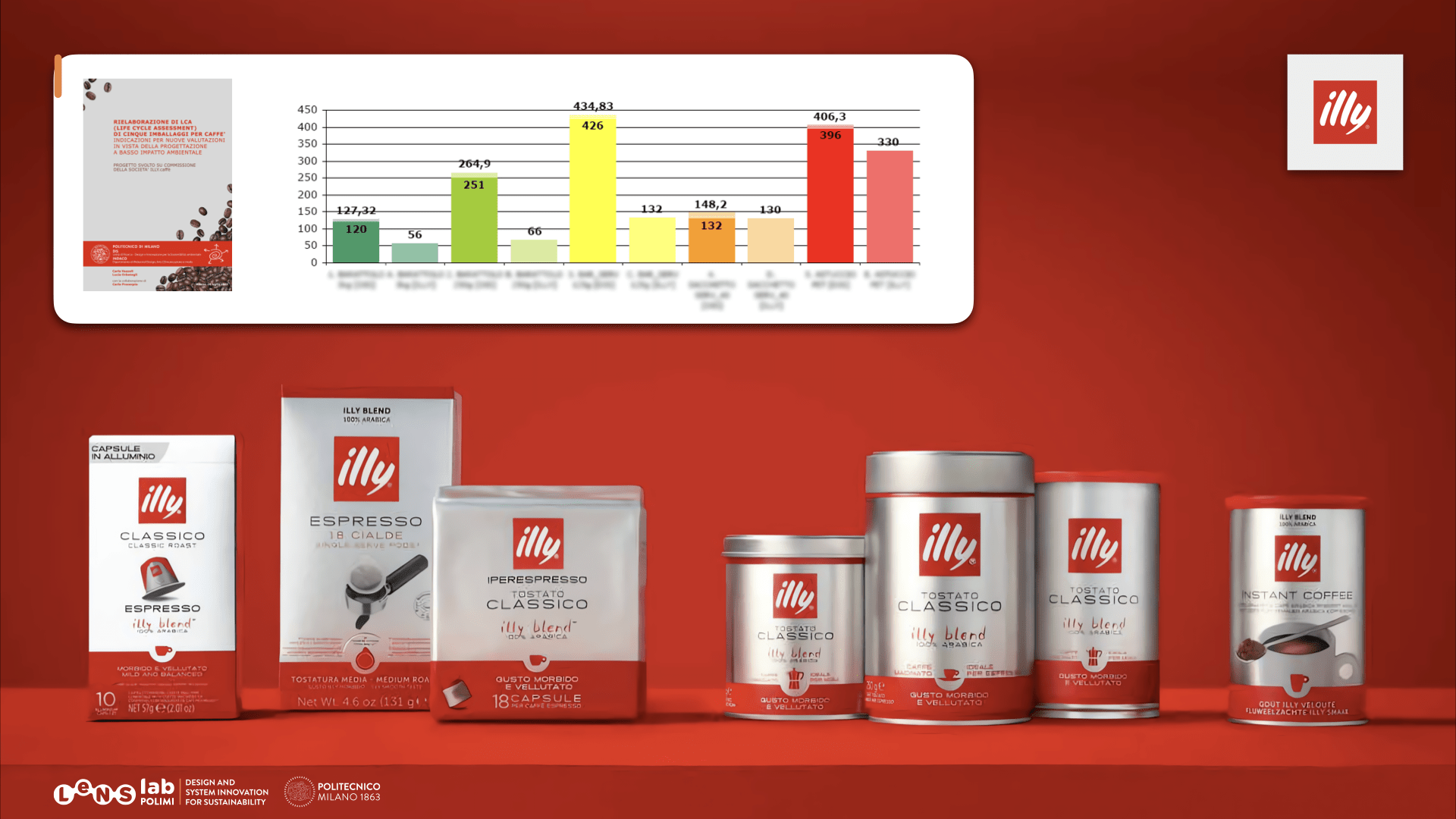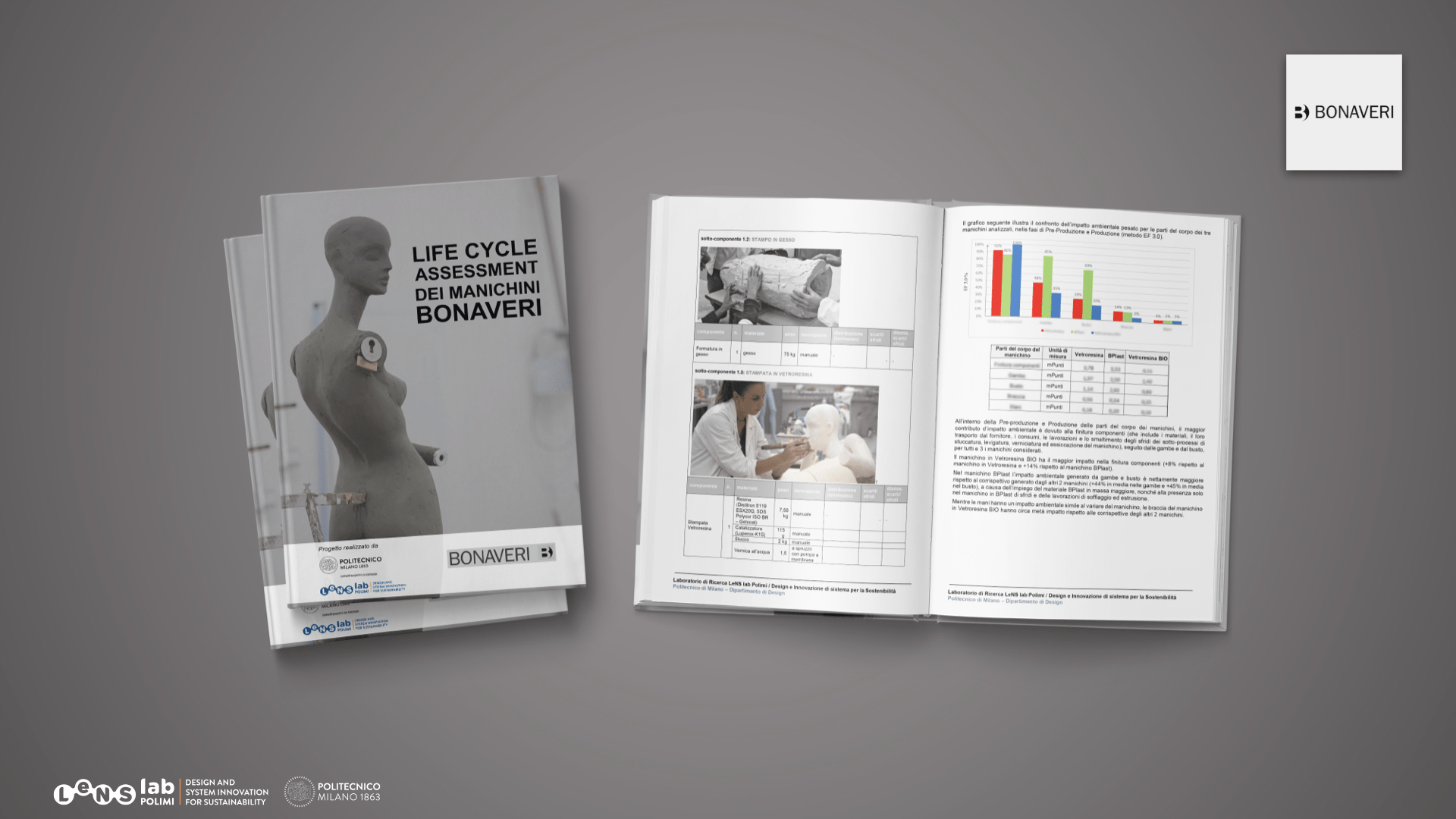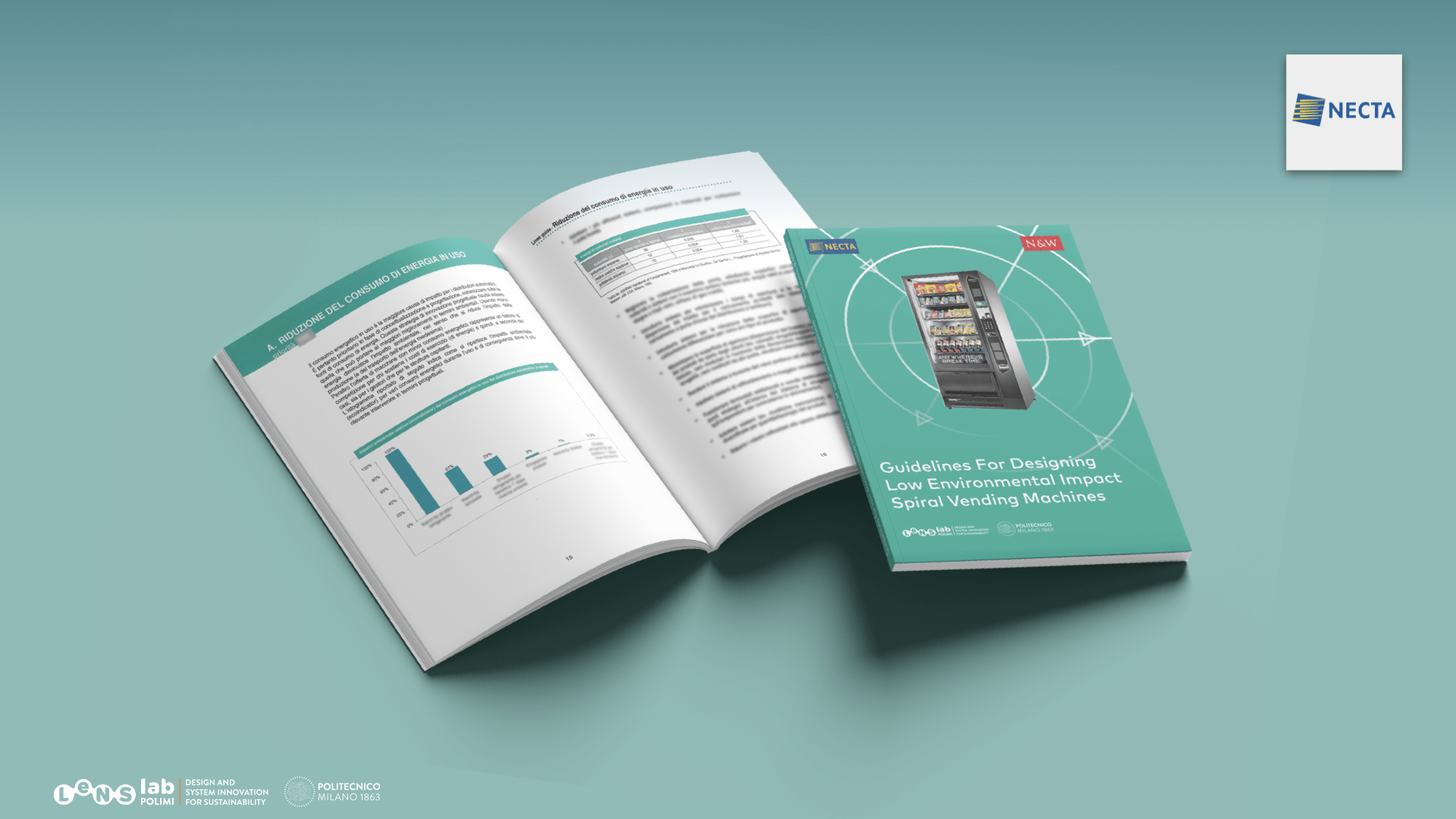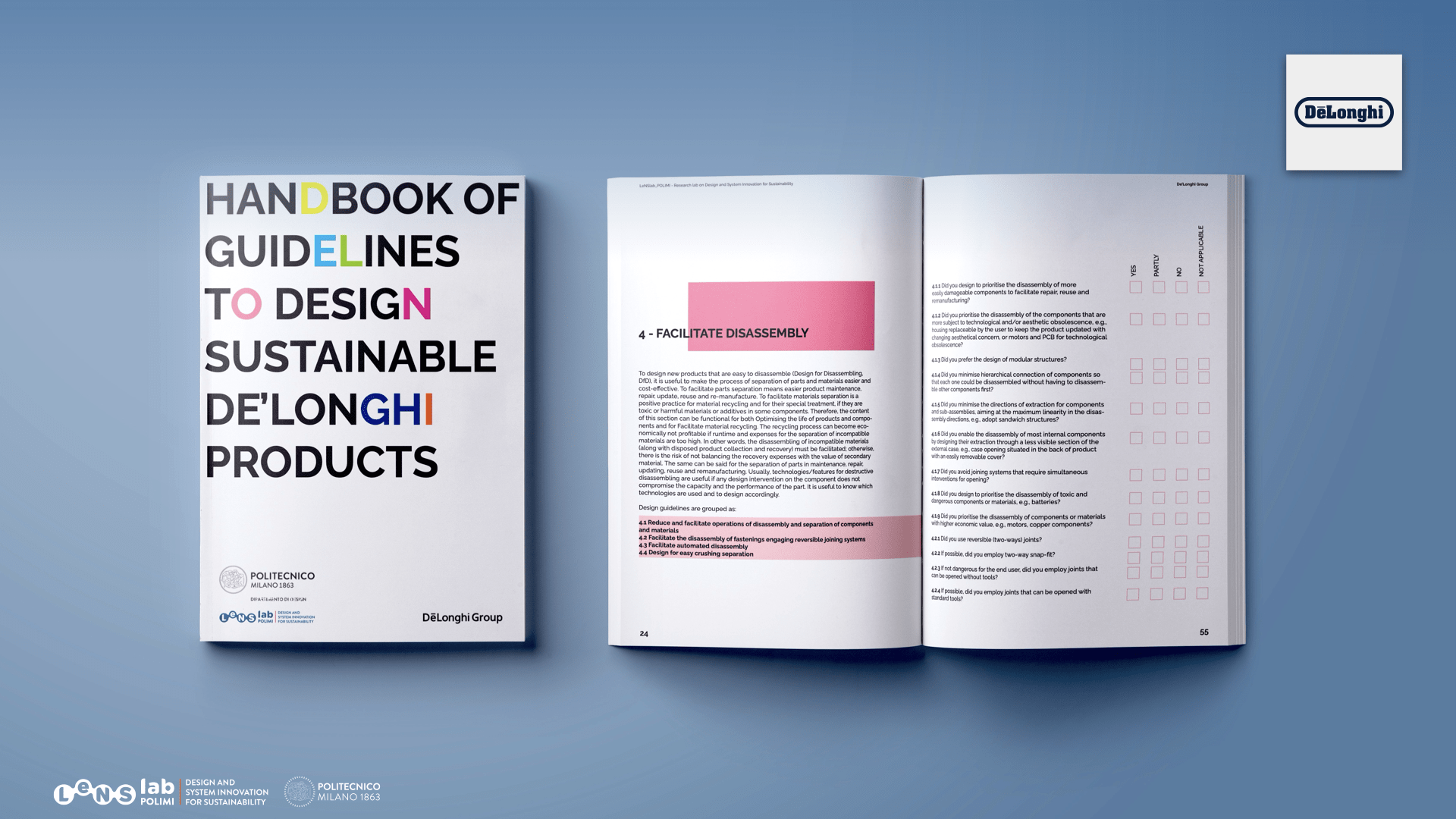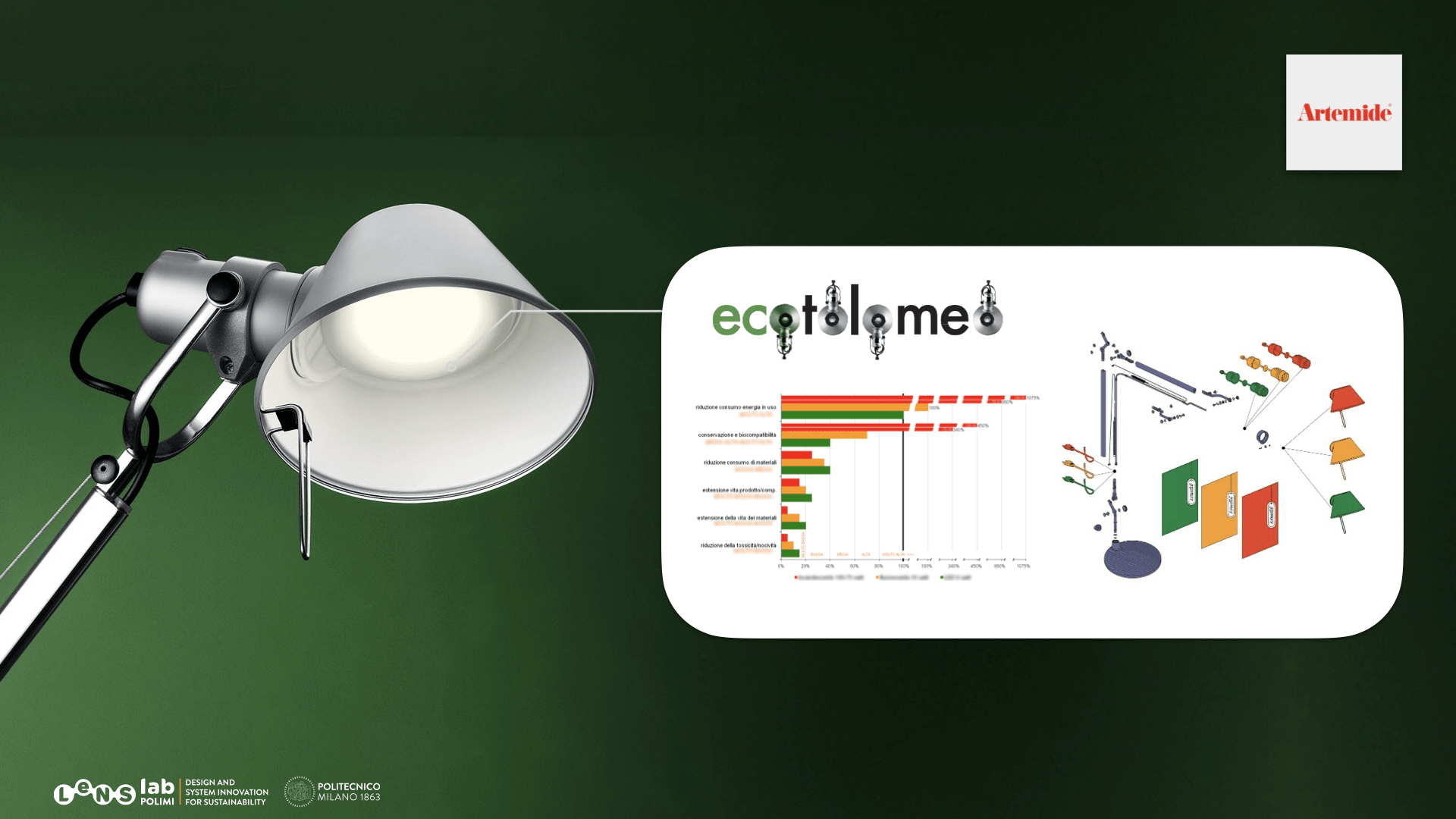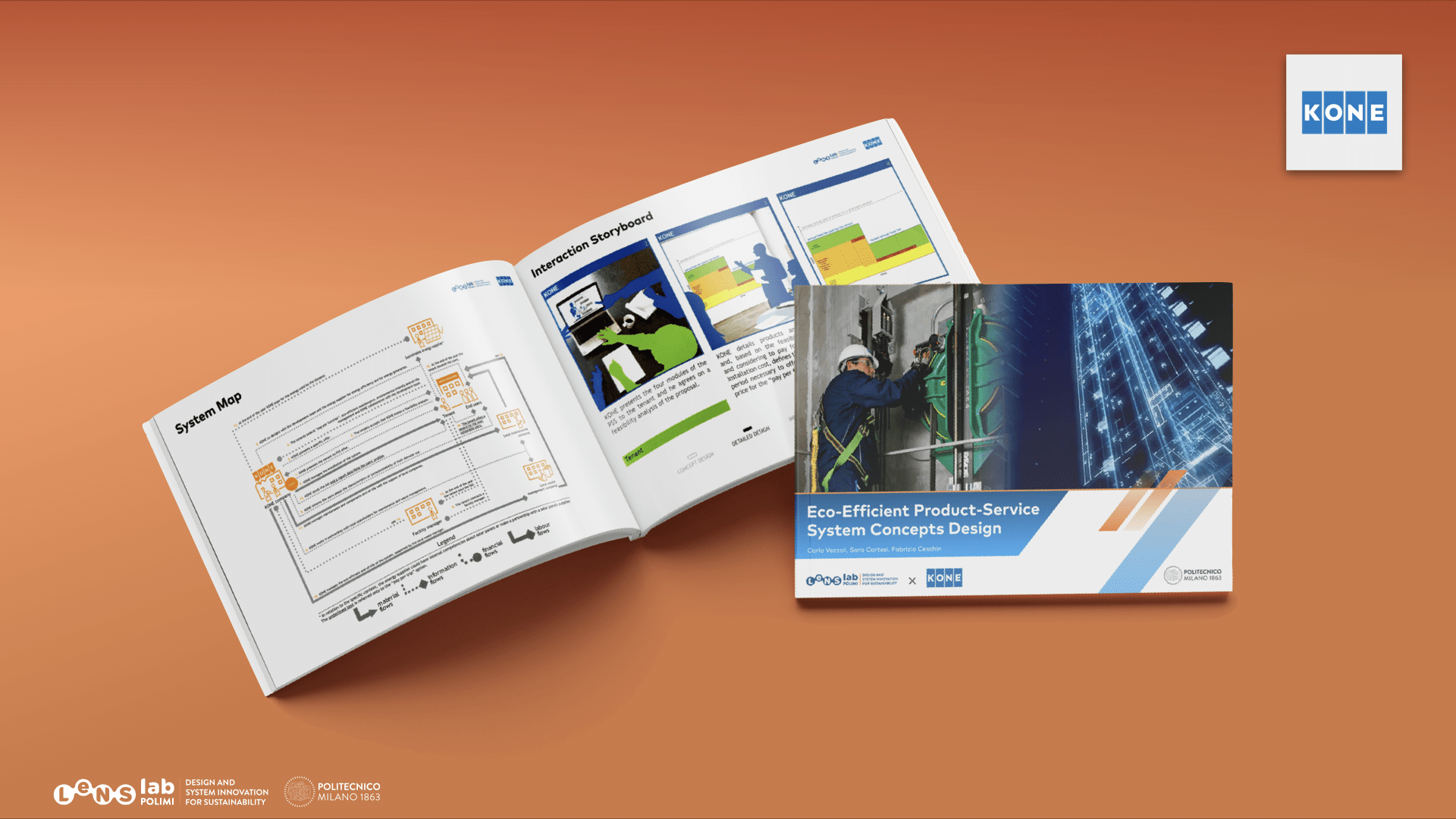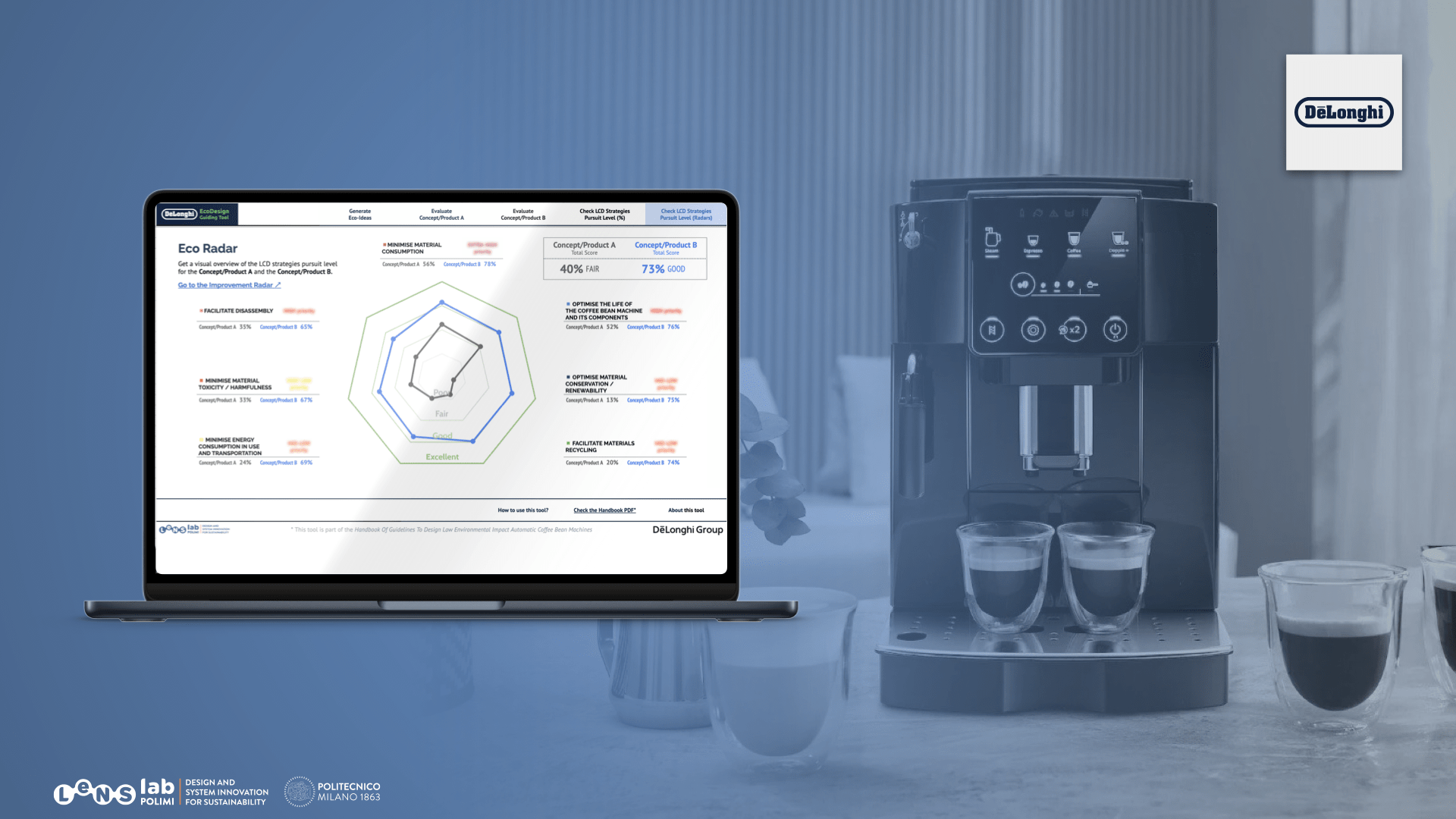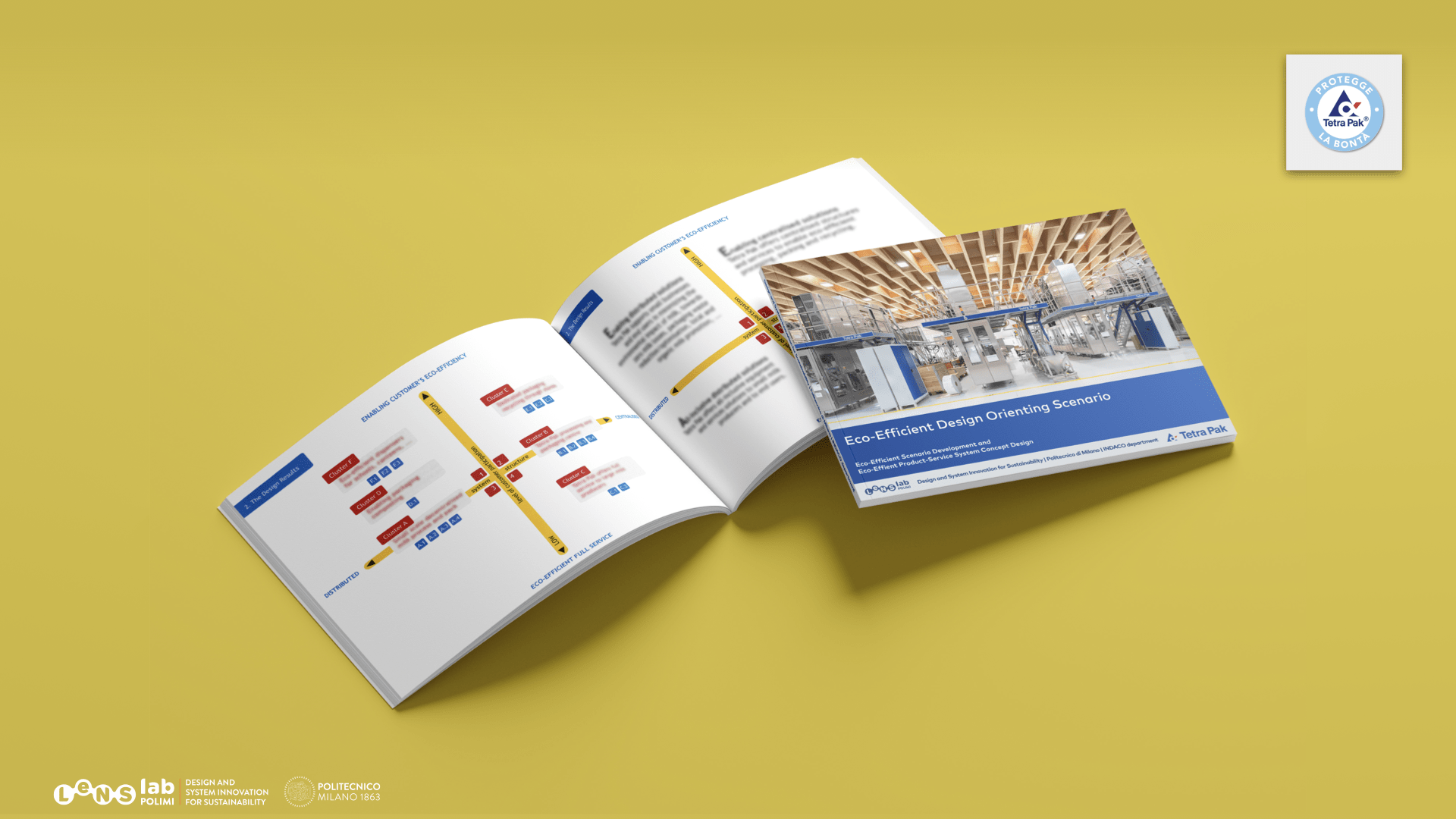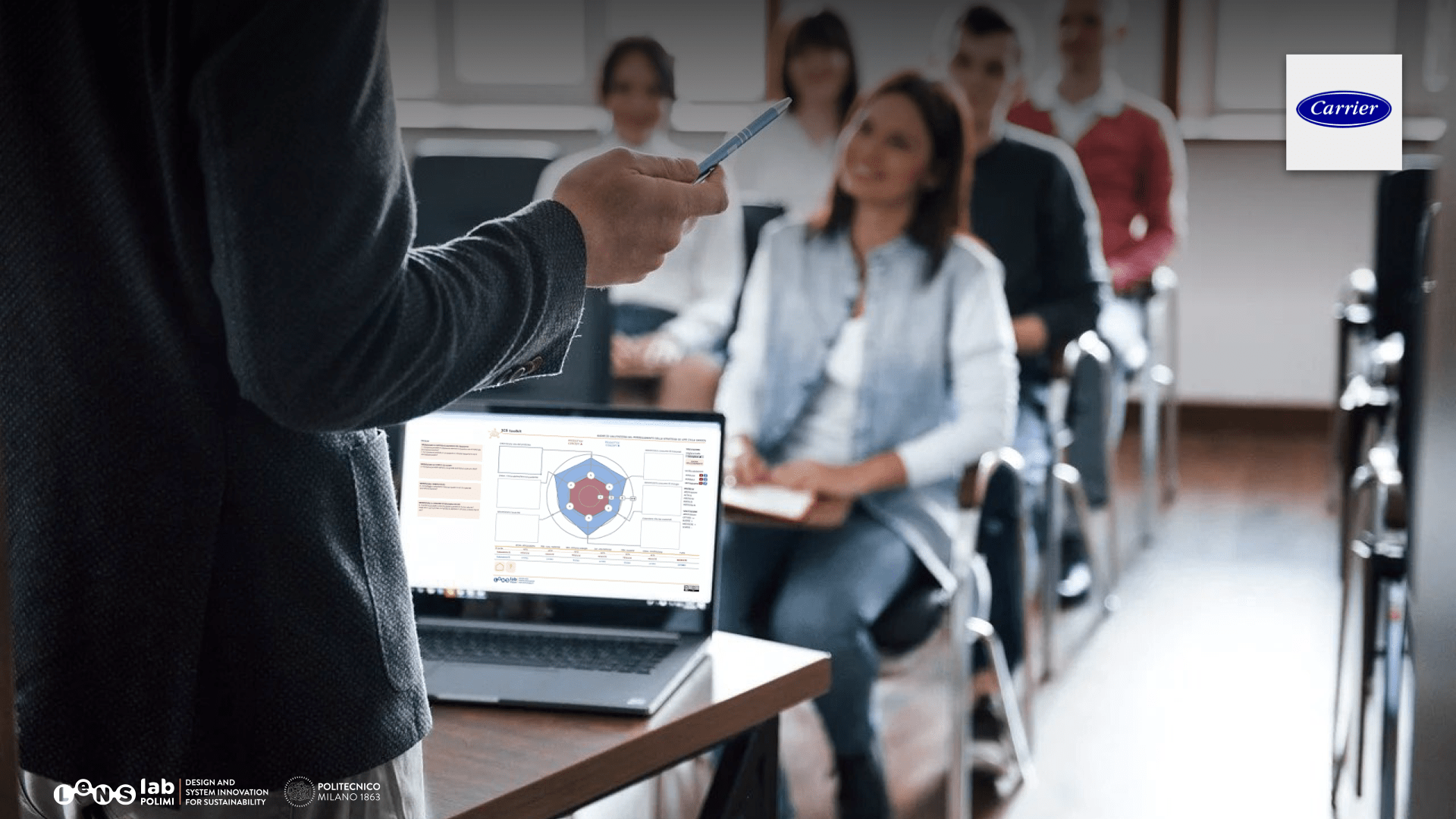AIMS:
This tool was developed to estimate GHG emissions from linear products in the construction and furniture sectors.
WHAT IT CONSISTS OF:
Carbon Footprint calculation
HOW TO USE THE TOOL
- Read the initial instructions. The first sheet contains a brief explanation for the user: what is this tool about? what is it for? how to use it? how to exploit it? and some useful considerations for its running.
- Start: It includes space to write the name of the company, the product, the reference unit and the lifespan. The Functional Unit of a product or service describes its main function and quantifies it in reference units. The environmental results will be referred to that unit. For example: 1 m2 of ceramic floor tile installed in a house for 50 years. If you do not know the useful life of the product or you do not know how to define the Functional Unit, you can consult the Environmental Product Declarations (EPD).
- Life Cycle Information: Assess the main life cycle stages of a linear product.
- Raw materials supply stage (includes the supply of raw materials and transport to the production plant): indicating the associated transports: means of transport and the distance from the extraction point of the raw material to the production plant. The tool includes 7 means of transport: road (several trucks), rail, freighter and airplane.
- Manufacturing stage: indicating the quantity and type of energy, water, packaging materials, typical processes of the target sectors and waste management operations.
- Distribution and installation stages: entering the means of transport used and the distance travelled.
- Use stage: only maintenance operations have been included. Entering the weekly maintenance frequency. For example, a floor installed on a residential scenario does not have the same cleaning frequency as a floor installed on a hospital. Subsequently, the quantities of material and/or energy associated with each maintenance cycle must be the included.
- End of life stage: considering dismantling/deconstruction, waste transport and end-of-life operations. Indicating the total amount of waste generated according to each category and the percentage submitted to each type of operation.
- Generate the result.
RESULTS
- The results provide an estimation of the equivalent CO2 emissions for each stage of the life cycle of the target product. The results are shown quantitatively and graphically.
- The results can be used to select the most appropriate circular economy strategy using the KATCH-e tool “CE Analyst”, but also as support in the design process, comparing alternatives or forecasting different technologies for linear scenarios.
TUTORIAL OF THE TOOL : https://www.katche.eu/knowledge-platform/wp-content/uploads/2020/03/KATCHing-Carbon-Tutorial.pdf
TO VIEW AND DOWNLOAD THE TOOL : https://www.katche.eu/knowledge-platform/tools-and-training-materials/katch_e-tools/katching-carbon/
Product Processes and stages
PSS Processes and stages
- LCA or qualitative env. evaluation on ref. product (Product strategic brief/Design brief)
- Environmental features + simplified LCA or qualitative concept evaluation (Product concept design)
- Simplified LCA or qualitative concept evaluation(Product concept design)
- LCA of alternative process and LCA/qualitative evaluation of the product (Product detailed design and engineering)
- LCA of comparison with original product or qualitative evaluation (Product detailed design and engineering)
- Documentation for communication for environmental quality (Product communication)
- Sustainability analysis of the existing PSS (Service strategic analysis/design brief)
- Environmental, socio ethical and economic check (Service concept design, Service detailed design & engineering)
- Documentation for communication of sustainable qualities (Service communication)


